OUR PRODUCTS
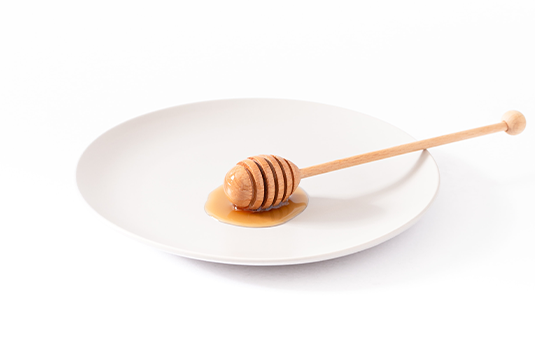
MONOFLORAL HONEY (LEMON, MISTOL AND CAROB TREE)
Monofloral or unifloral honeys are those whose composition is at least forty-five percent (45%) of pollen of the same family, genus or floral species.
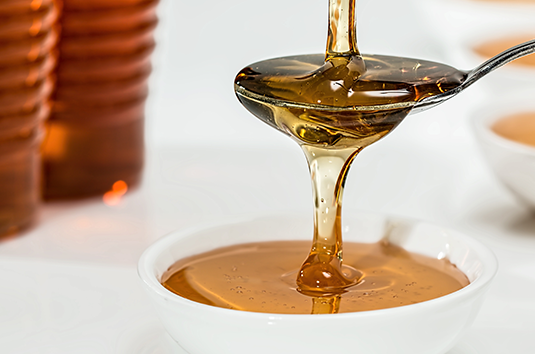
MULTIFLORAL HONEY (MOUNTAIN HONEY, MEADOW HONEY)
Multifloral or millifloral honeys are considered to be those that present pollen of several plant species in their composition, without any of them being considered predominant.
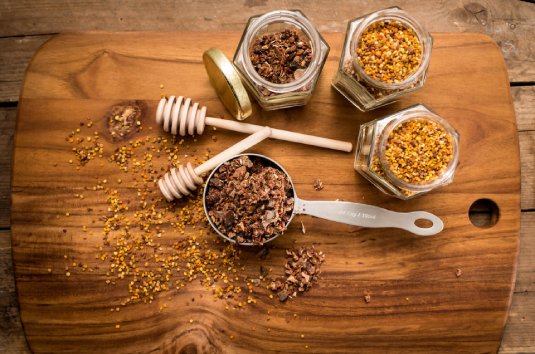
PROPOLIS
Propolis comes from the Greek definition pro – before or entrance, and polis – city or community. The bees protect the hives with this kind of plate or natural enamel, before building the nest and/or honeycombs where the honey and their young will be deposited. The disinfectant and antifungal features that were discovered more than 4,000 years ago by the Egyptians, led researchers, producers and scientist to discover unique characteristics according to their origin, giving propolis of greater or lesser quality of compound and its application as a dietary supplement and even in modern and naturopathic medicine.
The propolis produced by our hives is a propolis with unique characteristics due to its geography and richness of native and introduced species, that exude resins that the bees take advantage of, chew and add specific substances that make it a powerful antioxidant agent.
The location of the hives is key in this type of product, because the richer and more varied the mount, the more nutritional and medicinal properties it will have, and will contribute to further development of products to improve the quality of life of its consumers.
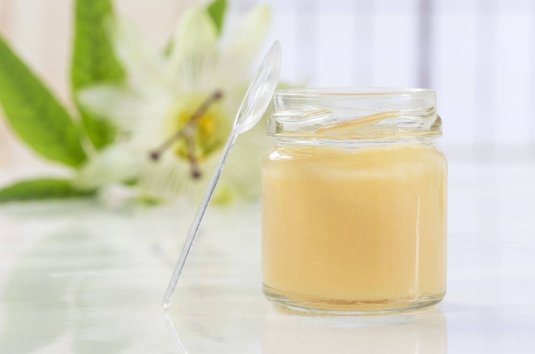
ROYAL JELLY
It is produced by the secretion of the hypopharyngeal and mandibular glands of young bees, which feeds the larvae destined to become queens. Various scientific studies from around the world found, in the consumption of this by humans, specific properties in the improvement of brain functions, protecting and stimulating cells, which with the advancement of human age are degrading.
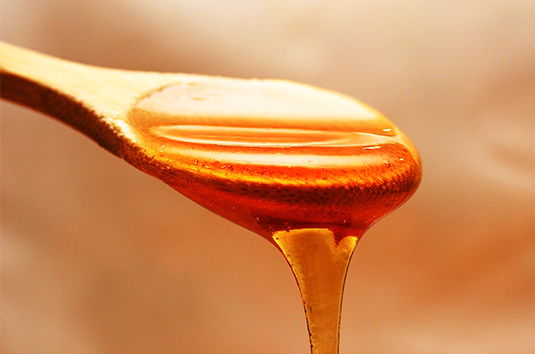
CRITICAL INPUTS
And other elements in wood and living material.
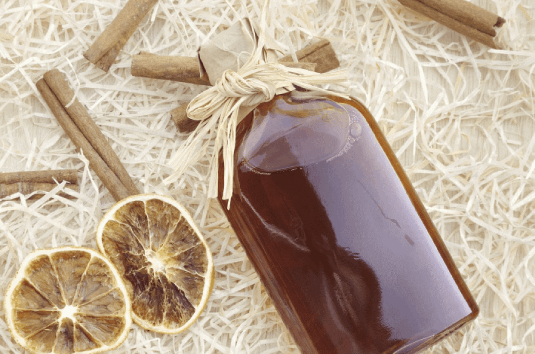
MEAD
Known as the drink of the gods, it is produced from the alcoholic fermentation of cooking honey diluted in water: it is made with 30% honey and 70% water. It is estimated to be over 5,000 years old and was consumed by Celts, Romans and Vikings.
There are different types: dry (made with low sugar content), sweet (with a high percentage of sugar), sparkling (provides its own effervescence), carbonated (artificial gasification is provided).
Due to its composition, it has the nutritional properties of honey and has the added value of the enzymatic characteristics of the fermentation that its process takes.
